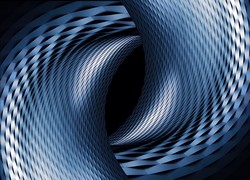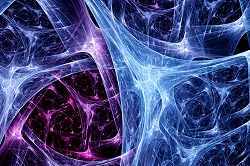New research on quantum unique ergodicity
The QUE comes from the area of physics known as quantum chaos, the goal of which is to understand the relationship between classical and quantum physics. Quantum ergodicity states that in the high-energy limit, the probability distributions associated with energy eigenstates of a quantised ergodic Hamiltonian tend to a uniform distribution in the classical phase space. The project DSTAQC achieved significant progress in linking QUE failure with spectrum degeneracies. In a recently published paper, the research team proved that quasimodes can concentrate positive mass on any closed geodesic, right up to the conjectured QUE threshold. This result is important because it shows that QUE can fail for quasimodes that are weak enough and can also yield the length measure on a closed geodesic. The relationship between degeneracies and QUE has been further strengthened, demonstrating the connection between QUE and long-logarithmic-time propagation, which is exactly the timescale at which the conjectured quasimode threshold appears. The project team showed that the analogue of QUE for Eisenstein quasimodes still holds for the conjectured logarithmic threshold – at least to first order – due to arithmetic considerations uncovered in prior collaborative work on joint quasimodes of the Laplacian and Hecke operators. DSTAQC also showed that second-order approximations include enhancement on cusp-bound geodesics in analogy with the QUE failure for log-scale quasimodes. The study also focused on the interplay between QUE on the round sphere and the embedded symmetry dynamics, such as the Hecke correspondence. Researchers showed that in each space of spherical harmonics of large eigenvalues, the quantum ergodicity conjecture is satisfied by eigenfunctions of an averaging operator over a finite set of rotations. These averaging operators do not have to be arithmetic, but show the impact of imposing additional symmetries on the basis of eigenfunctions. Ongoing work aims to further understand L^p norms of eigenfunctions on graphs. DSTAQC succeeded in both elucidating the relationship between spectrum degeneracies and QUE, and in understanding its extensions and limitations in other settings. The impact of this work is already evident in a number of papers building on the research.







